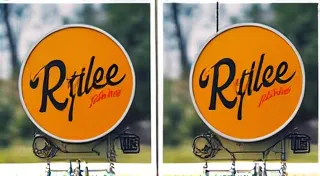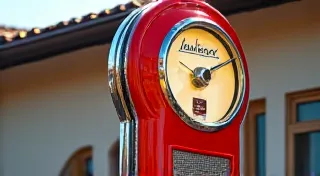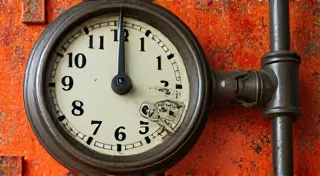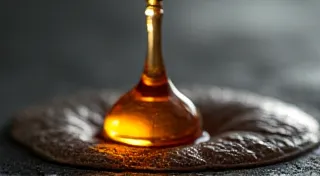Specific Brand Restoration: Shell Gas Signs – Challenges & Techniques
Restoring vintage gas station signs is a deeply rewarding pursuit, connecting us to a bygone era of motoring and Americana. While the general principles of restoration apply across all brands, each manufacturer – Shell, Texaco, Gulf, and others – presents unique challenges and requires specific techniques to achieve an authentic and beautiful result. This article focuses specifically on Shell gas signs, delving into the common types, the pitfalls restorers encounter, and the best practices for bringing these iconic pieces of history back to life.
The Allure of Shell Gas Signs
Shell’s branding is instantly recognizable worldwide. The familiar scallop shell logo, introduced in 1918, quickly became a symbol of quality and reliability. This strong branding is a significant factor in the popularity of Shell gas signs among collectors and restorers. From the early porcelain enamel signs to the later plastic and neon displays, each represents a piece of a fascinating history.
Shell signs are particularly sought after for a few reasons: Their widespread distribution meant more signs survived. Their consistent branding created a cohesive visual appeal. The innovative use of materials throughout their history – from early hand-painted signs to complex neon creations – makes for varied and interesting restoration projects.
Common Types of Shell Gas Signs & Their Restoration Challenges
Before tackling a Shell gas sign restoration, it's crucial to identify its type. This impacts the materials used, the techniques needed, and the expected outcome. Here’s a breakdown of common types and their inherent challenges:
- Porcelain Enamel Signs: These were the workhorses of the early gas station. Typically double-sided, they’re made of steel sheets fused with layers of porcelain enamel. They’re durable, but prone to chipping, cracking, and rust. The enamel is often very brittle and can be easily damaged during cleaning or repair.
- Ferris Signs (Lithographed Metal): These signs utilize a lithographic printing process on a metal sheet, often steel or iron. They are usually single-sided and generally less durable than porcelain enamel signs. Ferris Manufacturing Company, a major supplier of signs, stamped their logo on many of these signs, which is a key identifier. Restoration often involves carefully patching rusted areas and preserving the original paint layers.
- Plastic Signs: Later Shell signs transitioned to plastic, often using materials like acrylic or styrene. While lighter and often more resistant to cracking, plastic signs can suffer from fading, UV damage, and delamination.
- Neon Signs: These were often elaborate and eye-catching, showcasing the Shell logo in vibrant neon tubing. Restoration requires specialized knowledge of neon technology and electrical safety.
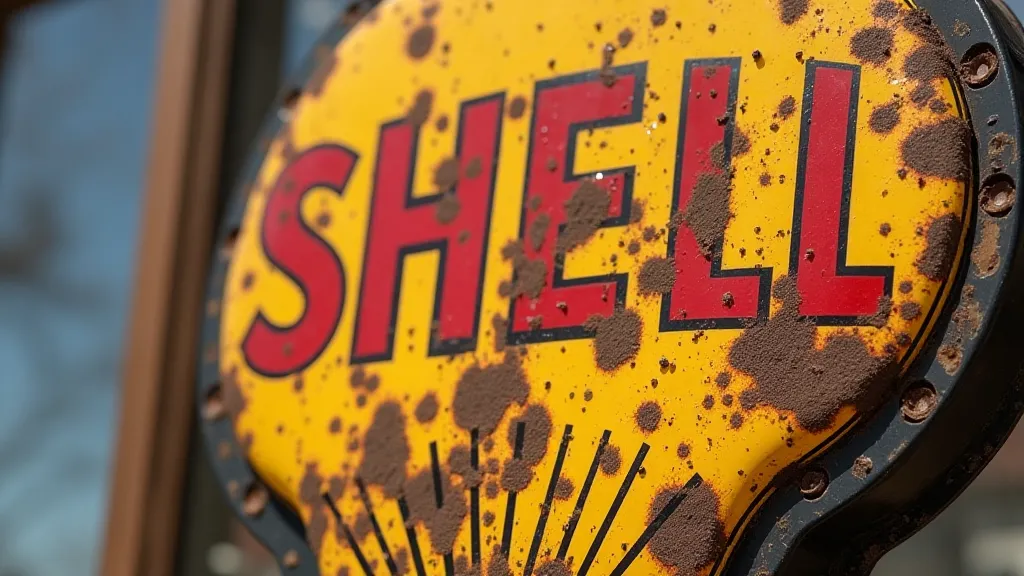
Restoration Techniques – Brand Specific Considerations for Shell
Regardless of the sign type, a thoughtful approach is essential. However, Shell signs present some nuances:
- Color Matching: Shell's branding evolved over time. Early signs might feature more muted tones, while later signs used brighter, more saturated colors. Accurate color matching is crucial. Research original signage and consult color charts (Pantone or similar) to ensure authenticity. Don't be afraid to experiment with small test patches before applying any color to the entire sign.
- The Scallop Shell Logo: This is the defining characteristic of Shell signage. Its curvature, detail, and the precise application of the white fill are critical to a convincing restoration. Pay meticulous attention to this detail – a poorly executed scallop shell can detract significantly from the overall appearance. Consider using templates or stencils for consistent and accurate reproduction.
- Enamel Repair (Porcelain Signs): Chipped or cracked enamel is a common issue. Repairing enamel is a specialized skill. Often, the best approach is to carefully clean the area, apply a compatible enamel filler, and then hand-paint the missing section to match the surrounding enamel. Blending the repair seamlessly requires patience and a steady hand.
- Ferris Sign Reproduction (Lithographed Signs): When dealing with significant rust on Ferris signs, patching is often necessary. This involves welding in new metal patches and then carefully filling and painting to match the original design. This requires a good understanding of metalworking techniques and paint application.
- Plastic Sign Cleaning and UV Protection: For plastic signs, avoid harsh chemicals that can damage the material. Gentle soap and water are often sufficient. Applying a UV-protective coating can help prevent further fading and deterioration.
- Neon Sign Restoration: This is best left to experienced neon technicians. It involves replacing damaged glass tubing, re-wiring the transformer, and ensuring the entire system is safe and functional.
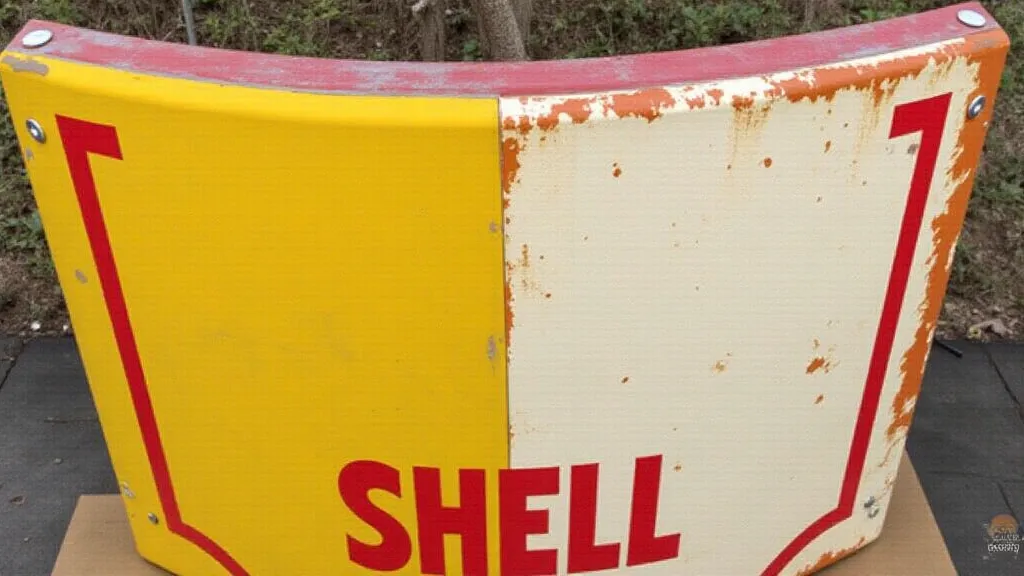
Avoiding Common Pitfalls
Restoring Shell gas signs, like any antique restoration project, involves potential pitfalls. Here are a few to watch out for:
- Over-Cleaning: Aggressive cleaning can strip away original paint and damage the sign's surface. Start with gentle cleaning methods and gradually increase intensity only if necessary.
- Using Incompatible Materials: Using the wrong type of paint, filler, or sealant can lead to cracking, peeling, and other problems. Research materials carefully and choose products specifically designed for restoring metal or plastic signs.
- Ignoring Original Patina: While the goal is to restore the sign to a presentable condition, it’s often beneficial to preserve some of the original patina, especially on older signs. This adds character and authenticity. Don't try to make the sign look brand new – aim for a restored, yet aged appearance.
- Rushing the Process: Restoration takes time and patience. Rushing can lead to mistakes and compromise the final result.
Resources for Shell Gas Sign Restoration
Numerous resources are available to help restorers learn more about Shell gas signs and restoration techniques:
- Online Forums and Communities: Numerous online forums and communities dedicated to vintage gas signs offer valuable advice and support.
- Restoration Books and Guides: Several books and guides provide detailed information on antique sign restoration techniques.
- Antique Sign Shows and Events: Attending antique sign shows and events provides opportunities to learn from experienced restorers and examine a wide variety of signs.

Conclusion
Restoring Shell gas signs is a challenging but rewarding endeavor. By understanding the specific considerations for this iconic brand – the importance of color matching, the intricacies of the scallop shell logo, and the need for specialized techniques – restorers can breathe new life into these pieces of American history. With patience, attention to detail, and a commitment to authenticity, you can preserve these treasures for future generations to admire.
